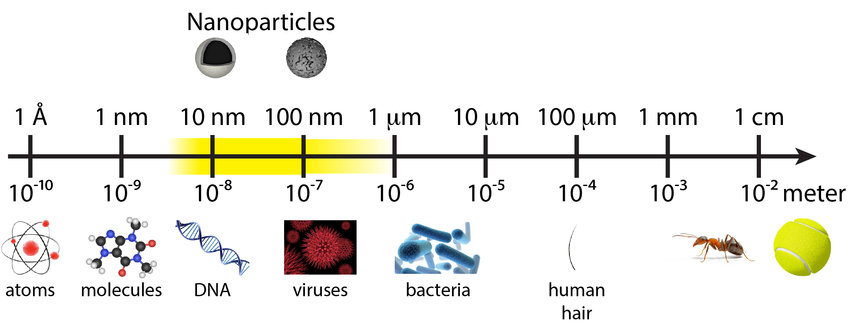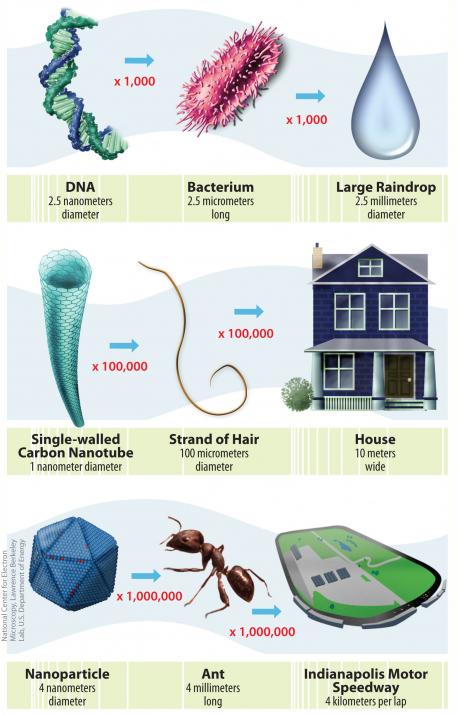For years, a myriad of studies have shown that bottled water is no safer to drink than tap water, which is tested regularly in the US. However, nowadays Americans are consuming more bottled water than ever.
Reasons include safety, convenience, and taste. But it’s not safe whatsoever.
In new research, scientists from Columbia University’s Lamont-Doherty Laboratory have discovered hundreds of thousands of toxic, potential cancer-causing plastic nanoparticles in bottled water.
This suggests that every time you drink water from a disposable plastic bottle, you are poisoning your body.
According to the National Institute of Environmental Health Sciences, nanoplastics are linked to fertility problems, birth defects, and even cancer, with an estimated 100,000 premature deaths in the US alone each year.
We are reader-supported. We sometimes include products we think are useful for our readers. If you buy through links on this page, we may earn a small commission.
How Was It Discovered?
With a new laser-guided technology, scientists from Columbia University’s Lamont-Doherty Laboratory analysed samples from three popular American brands and detected an average of 240,000 plastic nanoparticles in a one-litre bottle of water.
The highest number detected was 370,000 particles. Shockingly, tap water has only 5.5 per litre.
The study found seven different major types of plastic: polyamide, polypropylene, polyethylene, polymethyl methacrylate, polyvinyl chloride, polystyrene, and polyethylene terephthalate.
As opposed to microplastics, nanoparticles are so small that they can enter your cells and cross the blood-brain barrier. What was the most shocking part? The quantity proved to be 10 to 100 times greater than initially thought. A 2018 study found around 300 plastic particles per litre of bottled water.
The fresh investigation, published in the journal Proceedings of the National Academy of Sciences, is more evidence of the harmful effects plastics have on humans.
Naixin Qian, the study’s lead author, said, “For a long time before this study, I actually thought that what was inside bottled water was just a few hundred PET particles.”
“It turns out to be more than that.”
Beizhan Yan, research co-author, stated that while plastic is not too toxic at a larger scale, its toxicity increases as it becomes smaller, as it can interfere in the cells, tissues, and organelles. Yan showed no surprise to find such an amount of nanoplastics, since most water bottles are made of plastic.
One of the nanoplastics found in the study was polyethylene terephthalate (PET), also used in bottled sodas, sports drinks, and other products, including mayonnaise and ketchup.
But polyamide, a type of nylon, surpassed PET. Ironically, it may come from the plastic filters that ‘supposedly’ purify the water before filling the bottles.
“Micro and nanoplastics have been found in the human placenta at this point. They’ve been found in human lung tissues. They’ve been found in human faeces; they’ve been found in human blood.” Phoebe Stapleton, associate professor of pharmacology and toxicology at Rutgers University Ernest Mario School of Pharmacy.
What are Nanoplastics?


Nanoplastics are microscopic fragments measuring less than 100 nanometres in size. They come from the breakdown of plastic debris, including bags and bottles, and are present in both terrestrial and marine environments.
To put it in perspective, a nanometre is one billionth of a metre. Proteins are 10 nanometres; a typical virus is 100; a bacterium is 1,000 and a human red blood cell is around 10,000 nanometres.
On the other hand, a sheet of paper is 100,000 nanometres; a strand of human DNA is 2.5; and an average atom is somewhere from 0.1 to 0.5 nanometres.
This gives us an idea of the size of nanoplastics and that, with such a minuscule shape, they are able to enter anything in our body, from our lungs and bloodstream to our cells and brains.
Imagine the damage if those NPs accumulate in our bodies as time passes.
Microscopic Menaces
Polystyrene (PS) and polyethylene terephthalate (PET) are the most common types of plastics used in everyday products, such as bags, bottles, and food containers.
Most studies have focused on the impact of polystyrene nanoparticles (PS NPs) and have shown that they penetrate and accumulate in the cell membrane and incite an inflammatory response. However, the potential effects of PET NPs on biological organisms continue to be largely unstudied.
Know this. Plastics ‘do not biodegrade’; they break down into tinier fragments, which can stay in the environment for hundreds, if not thousands, of years. Consider this every time you buy and dispose of a plastic bottle, food container, candy wrapper, or bag.
What are the Consequences of Nanoplastics in the Human Body? We Don’t Know Yet
We have more questions than answers. How many nanoplastics does it take to cause disease? Certain levels of microplastic exposure affect the viability of cells. But since nanoplastics are even smaller, how will they cause cellular damage?
According to Dr Sara Benede of the Spanish National Research Council’s Institute of Food Science Research, it’s not just the plastics themselves that might cause damage, but what they may bring along with them.
“Micro- and nanoplastics have the ability to bind all kinds of compounds when they come into contact with fluids, thus acting as carriers of substances including environmental pollutants, toxins, antibiotics, or microorganisms.”
Plastic production continues to grow and is expected to keep going that way. Over 30 million tonnes are dumped every single year in the oceans, rivers, lakes, and land. And all of them are breaking down into smaller and smaller particles until they reach the nanoscale.
Bottom line: we are choking ourselves with plastics, and we know nothing about their toxicity in the long run.
Doctors have found plastics in the lungs of patients, so are we waiting to have them in our brains too and see how they affect our cognitive function? Am I exaggerating? I think not.
What are our options? Well, the first thing is to avoid using plastic bottles and single-use plastics. Is it hard? Of course, but what else can we do? This action is for our own health, and neither governments nor companies will do anything to save us.
We’d like to hear from you. When will you stop using plastics?



